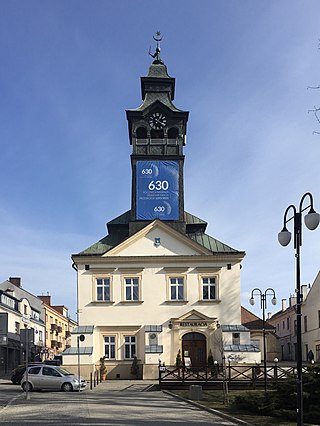
Przeworsk is a town in south-eastern Poland with 15,675 inhabitants, as of 2 June 2009. Since 1999 it has been in the Subcarpathian Voivodeship, and is the capital of Przeworsk County. The ancient Przeworsk culture was named after the town.

Princess Konstancja Czartoryska was a Polish-Lithuanian noblewoman and the mother of King Stanisław August Poniatowski. She played a political role as a driving force within the Familia.
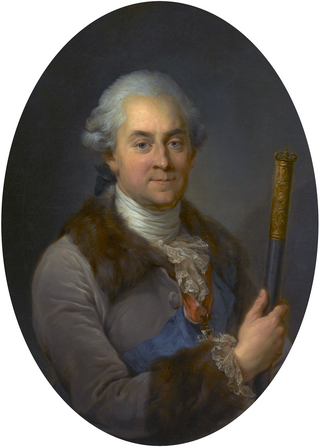
Prince Stanisław Lubomirski was a Polish nobleman. He was awarded Knight of the Order of the White Eagle on 3 August 1757 in Warsaw, and later was also awarded the Order of Saint Stanislaus.

Princess Elżbieta Izabela Czartoryska, better known under her married name of Izabela Lubomirska, was a politically influential Polish Szlachta, philanthropist and cultural patron.
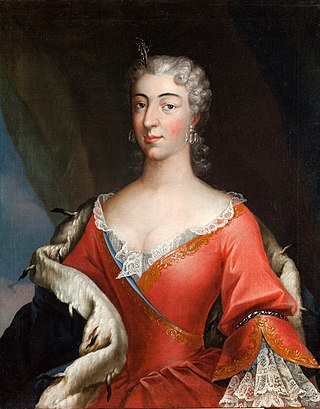
Countess Maria Zofia Czartoryska née Sieniawska was a Polish szlachcianka (noblewoman). By birth she was member of powerful Sieniawski family and by marriage she was member of House of Dönhoff and House of Czartoryski.

The House of Czartoryski is a Polish princely family of Lithuanian-Ruthenian origin, also known as the Familia. The family, which derived their kin from the Gediminids dynasty, by the mid-17th century had split into two branches, based in the Klevan Castle and the Korets Castle, respectively. They used the Czartoryski coat of arms and were a noble family of the Polish–Lithuanian Commonwealth in the 18th century.

Prince Antoni Lubomirski (1718–1782) was a Polish nobleman, landowner, and general.

The House of Lubomirski is a Polish princely family. The Lubomirski family's coat of arms is the Drużyna coat of arms, which is similar to the Szreniawa coat of arms but without a cross.
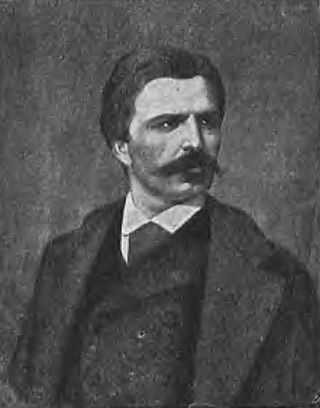
Count Władysław Krasiński (1844–1873) was a Polish nobleman, landowner, lawyer and historian.
Krasiński is a surname of Polish, or generally Slavic, origin.
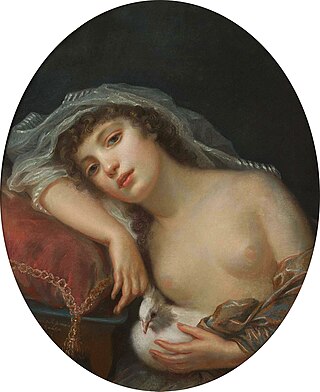
Rozalia Lubomirska was a Polish noblewoman, most noted for her death.

Elżbieta Helena Sieniawska, née Lubomirska, was a Polish noblewoman, Grand Hetmaness of the Crown, and a renowned patron of the arts.

Princess Izabela Maria Sanguszko, in Polish Izabela Maria z książąt Lubomirskich księżna Sanguszkowa was a Polish noblewoman.

Aleksandra Franciszka Lubomirska was a Polish aristocrat, artist and writer from the Lubomirski family. She was the daughter of Prince Alexander Lubomirski, Castellan of Kiev (Kijów), and Rozalia Lubomirska, née Chodkiewicz.
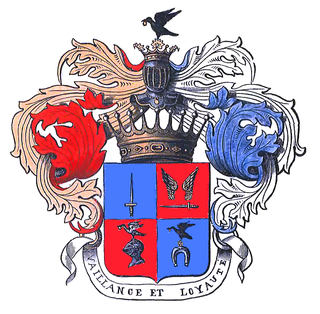
The House of Krasiński is the surname of a Polish noble family. Krasińska is the feminine form. The name derives from the village of Krasne in Masovia. The family dates from the 14th century. Its members were landowners and politically active in Masovia, Lithuania and Halychyna. The Krasiński family has produced officers, politicians and bishops. One of the most renowned members of the Krasiński family is the 19th-century poet, Zygmunt Krasiński, one of Poland's Three Bards.
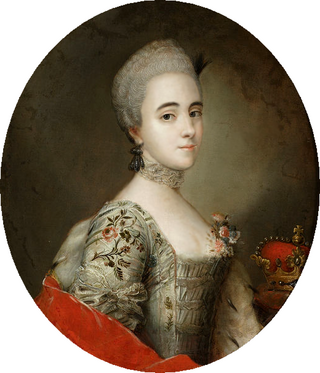
Countess Franciszka Krasińska, was a Polish noblewoman and wife of Charles of Saxony, Duke of Courland, the son of King Augustus III of Poland.

Prince Aleksander Lubomirski was a Polish nobleman, Castellan of Kiev 1785–1790. Son of Stanisław Lubomirski.

The Lubomirski Palace in Opole Lubelskie, Lublin Voivodship, Poland, is a much-altered 18th-century palace formerly belonging to the Słupecki and Lubomirski families.

Antonina Niemiryczowa or Niemierzycowa, née Bożeniec Jełowicka, a Polish Enlightenment noblewoman poet and translator. Along with Franciszka Urszula Radziwiłłowa and Elżbieta Drużbacka, she is considered a leading Polish poet of the age.


















